| In a lot of the recipes I've written about on this site, I've often made reference to my dad's homemade cheeses. I was lucky enough this past weekend to watch him make some homemade Ricotta and Parmesan (and of course went home with a bunch!) It's actually not a difficult process...but it is very time consuming. There's also a bit of technique and art to the whole process. It was fun to hear my dad keep saying "you just...when you've done it for many years, you just know when it's ready." I guess it will be a while before I ever get to that point. But for now, I'll just enjoy watching my dad do his thing, and enjoying the fruits of his labour. Or, I guess I should say the cheese of his labour. Click the title of this post or the "read more" link to see how it all came together. |
It usually takes my dad a whole weekend to make his cheese, because he makes so much all at once. Most of that time is spent waiting for the milk to curdle, form, dry out, and cure. He starts by making Parmesan, and then the left over liquid (which is called whey) is used to make the Ricotta. For this post, I will show you how he makes his Parmesan, and the next post will be all about Ricotta.
**This amount could make 4 large wheels of Parmesan, but my dad only made 2 out of it and retained the rest of the liquid to make Ricotta and Provolone cheeses as well.**
Ingredients:
- 40 Litres of unpasteurized, fresh milk (see above note)
- 2 tbsp liquid rennet
- Coarse sea salt
Other Materials:
- 2 large stock pots (large enough to hold all the milk)
- a fine mesh sieve, or cheese cloth
- Large pail
- Mesh forming baskets
- cooking thermometer
- Long mixing spoon, paddle, and whisk
Directions:
| | | |
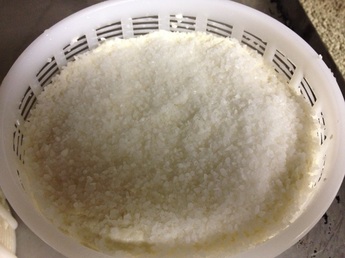
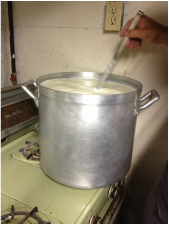
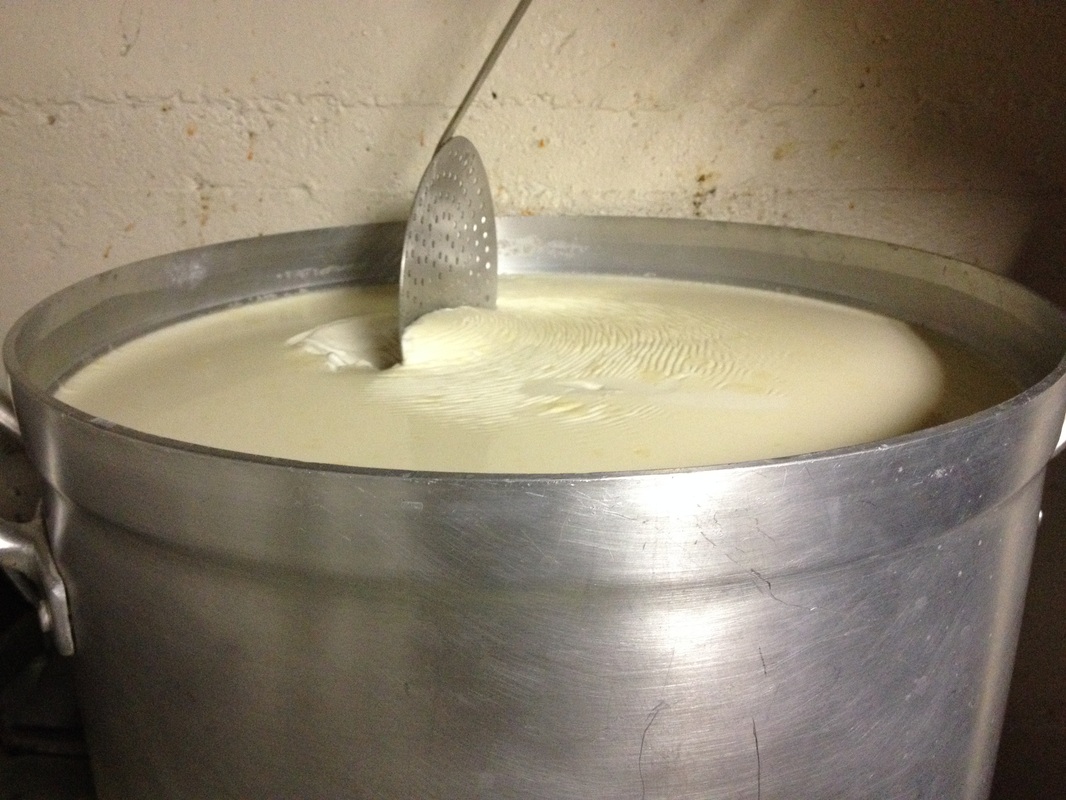
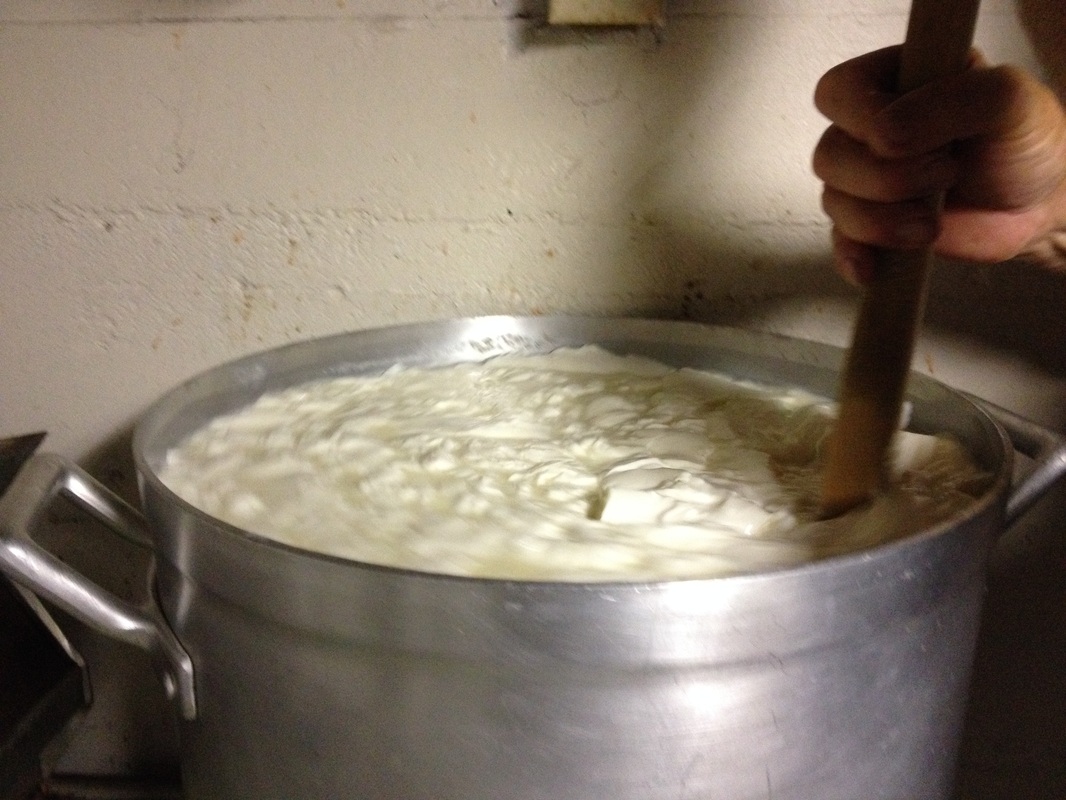
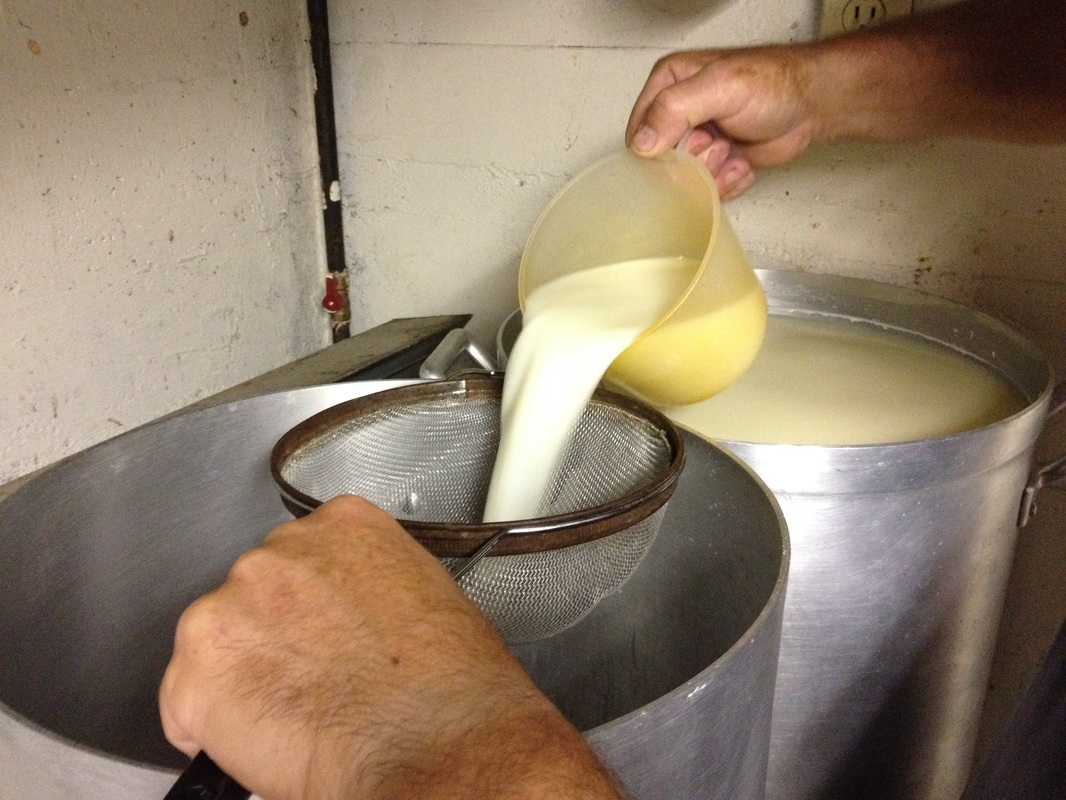
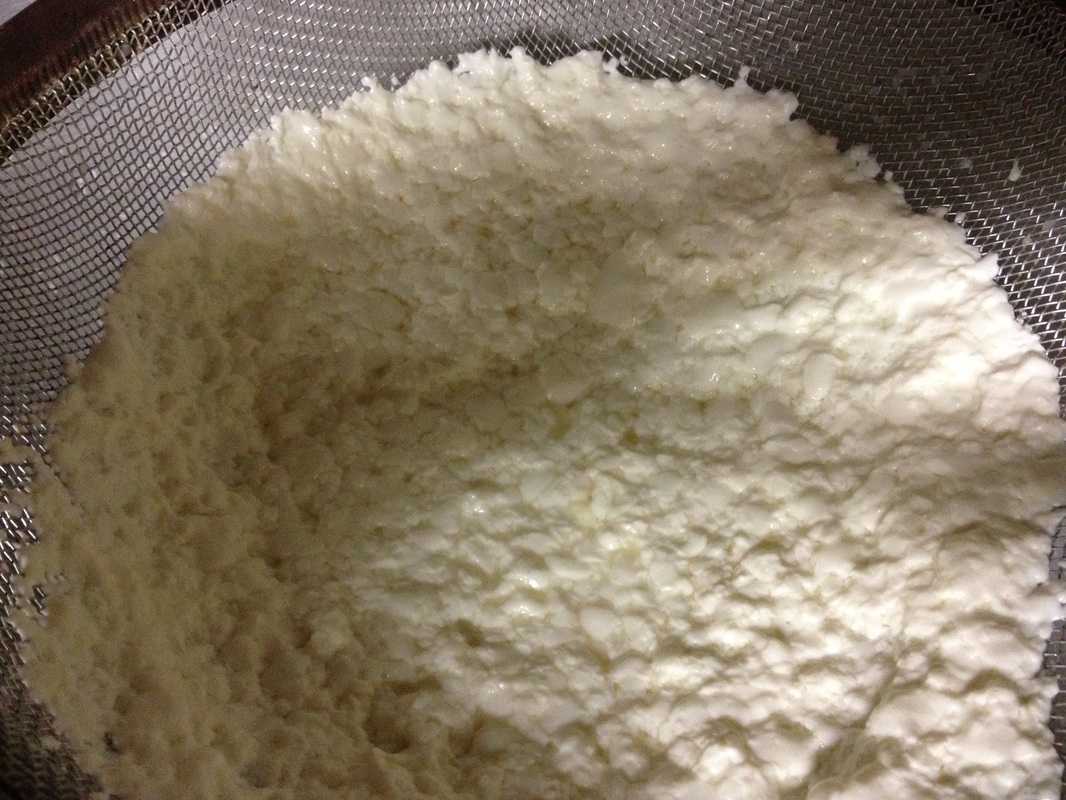

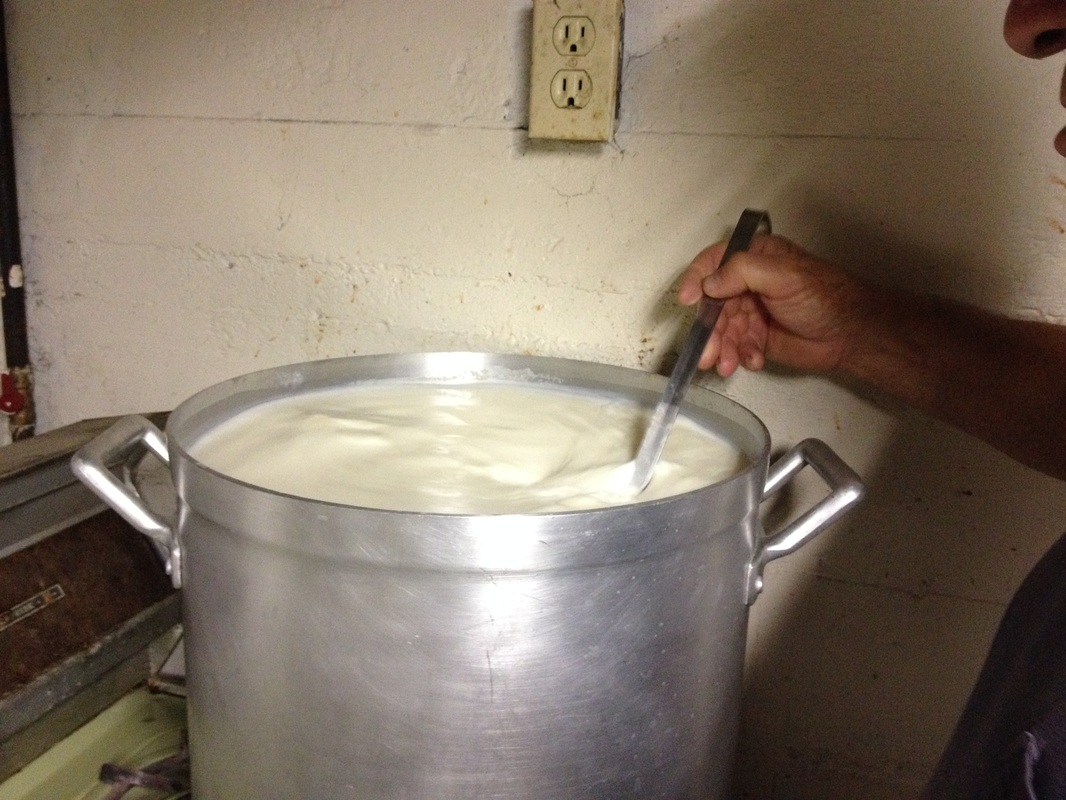
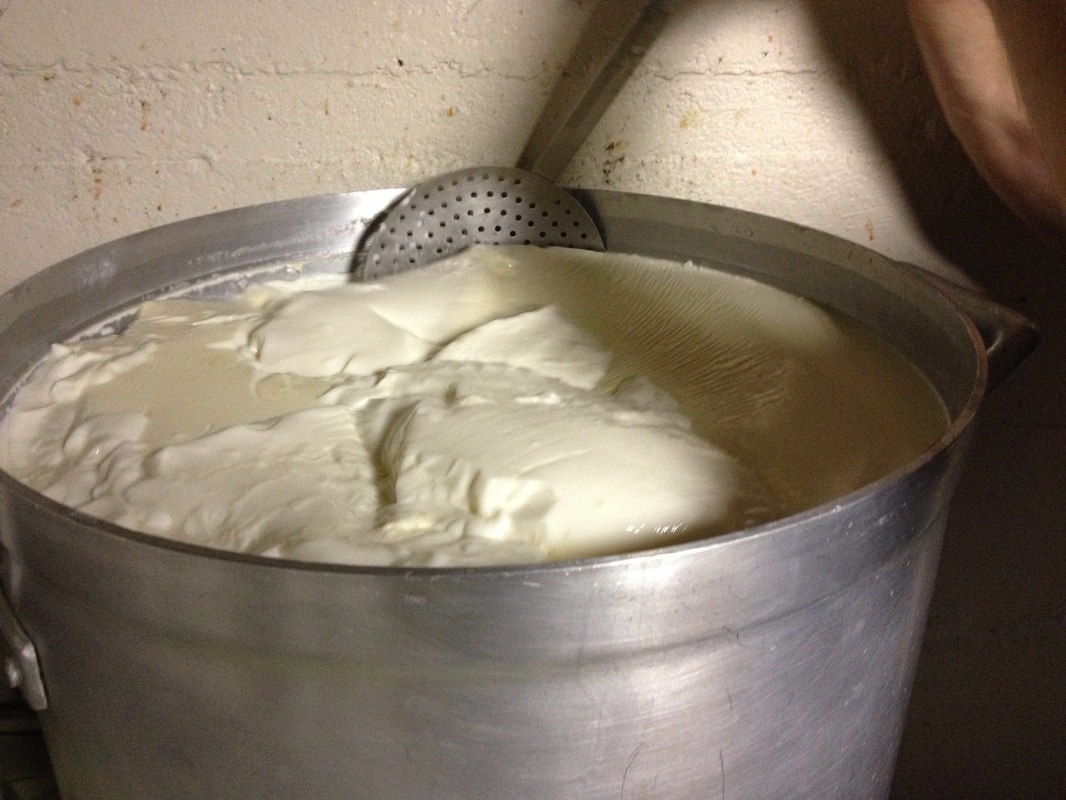
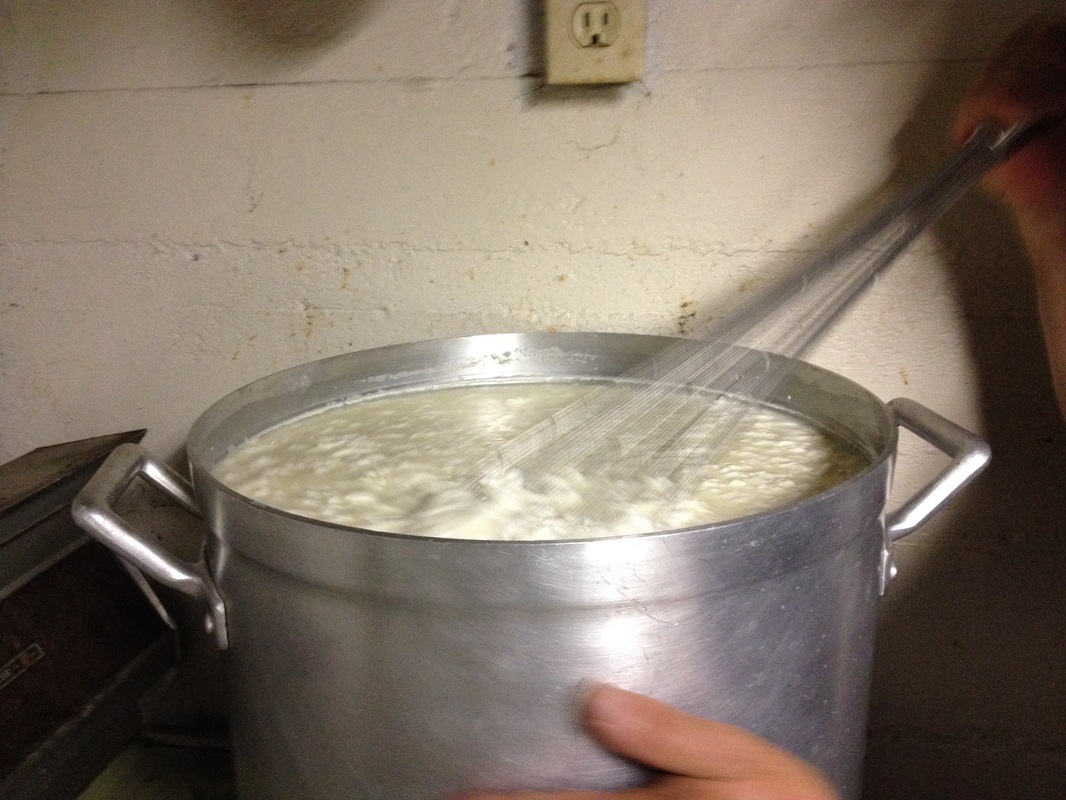
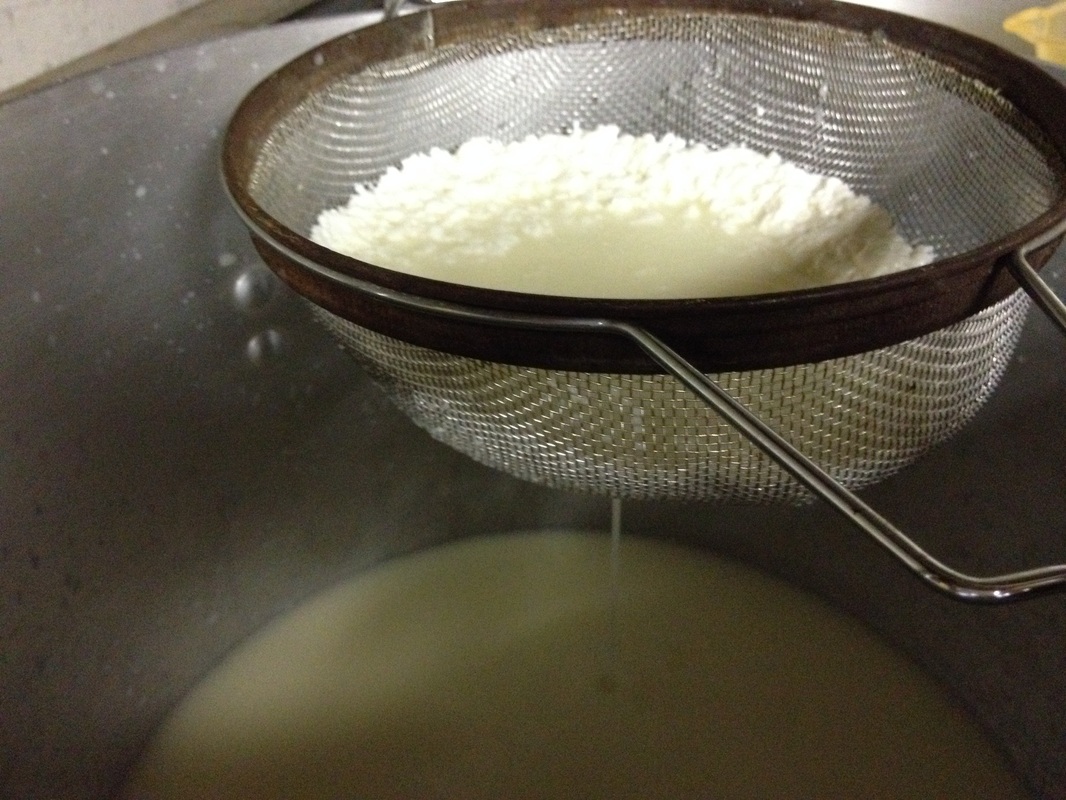
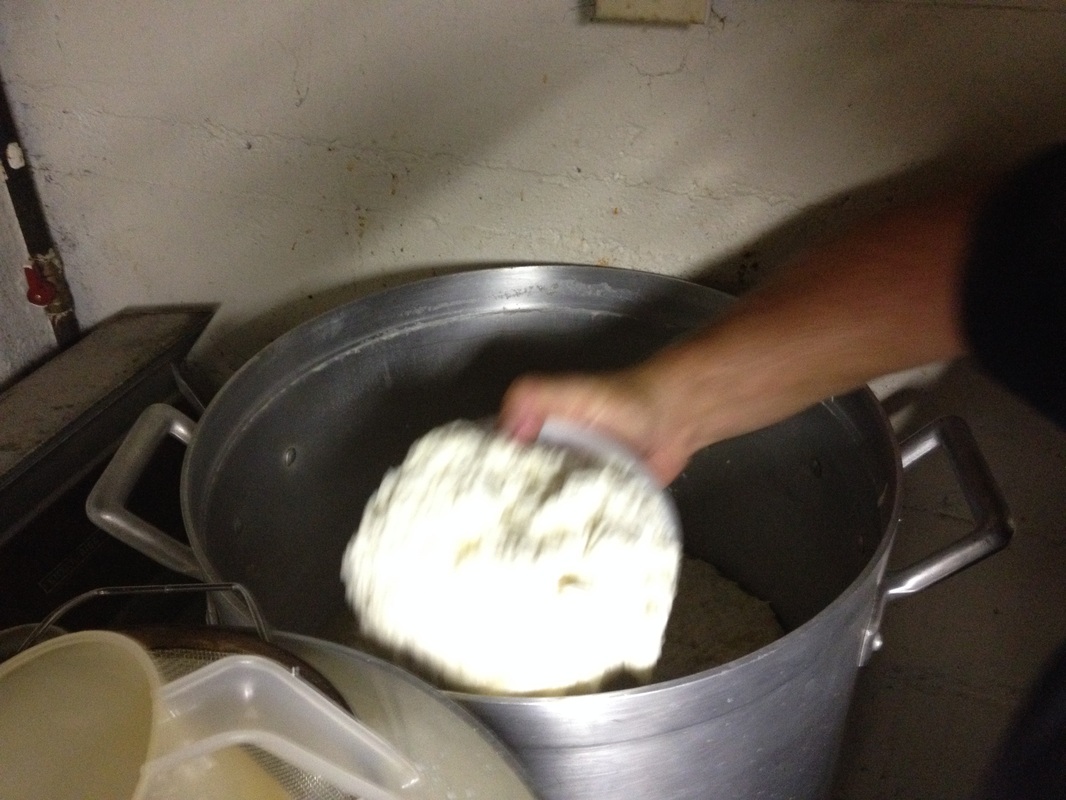
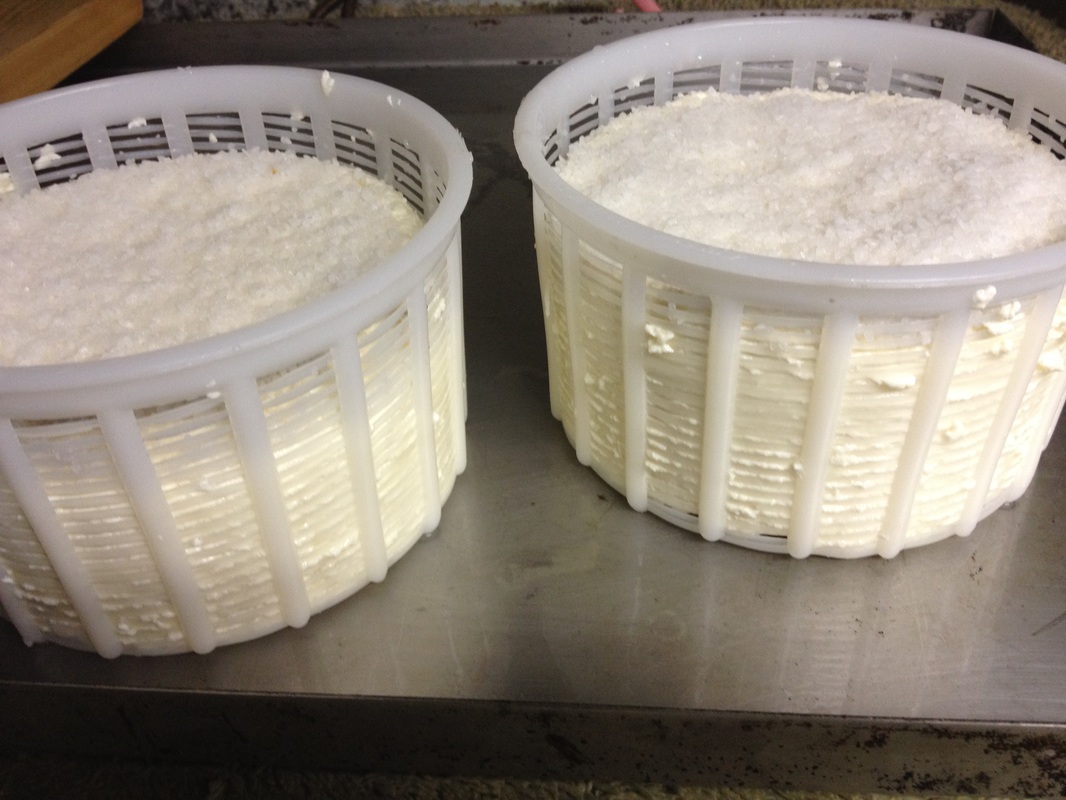
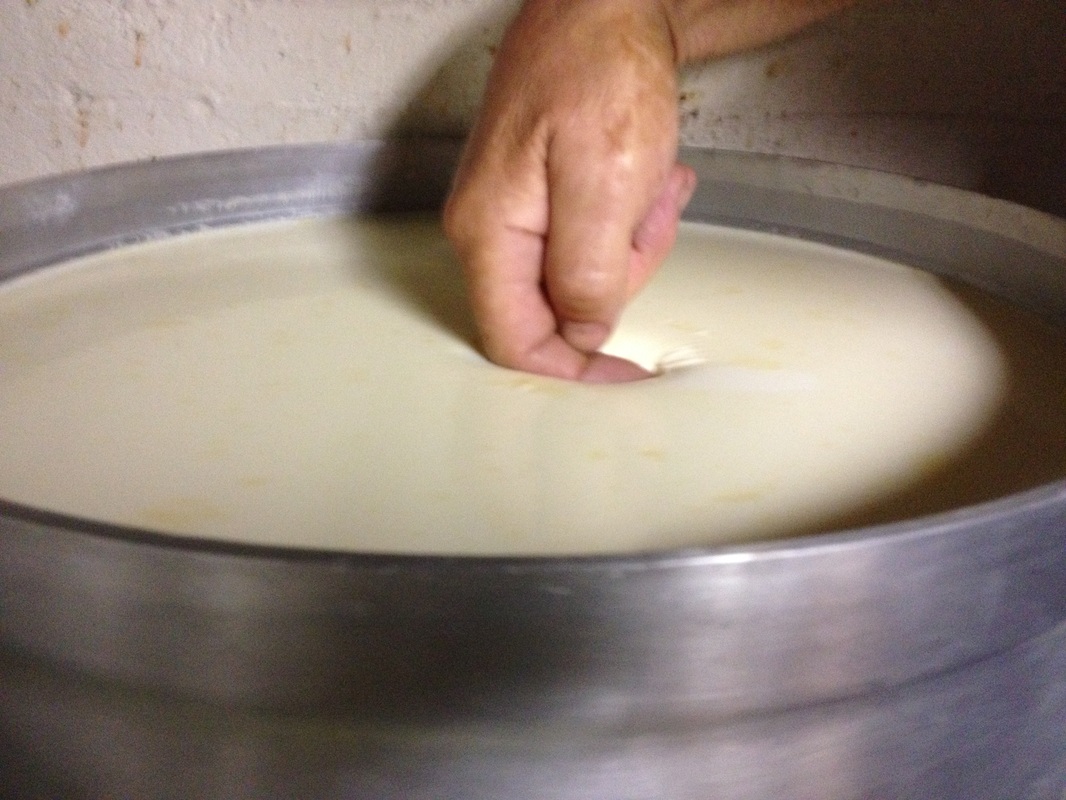
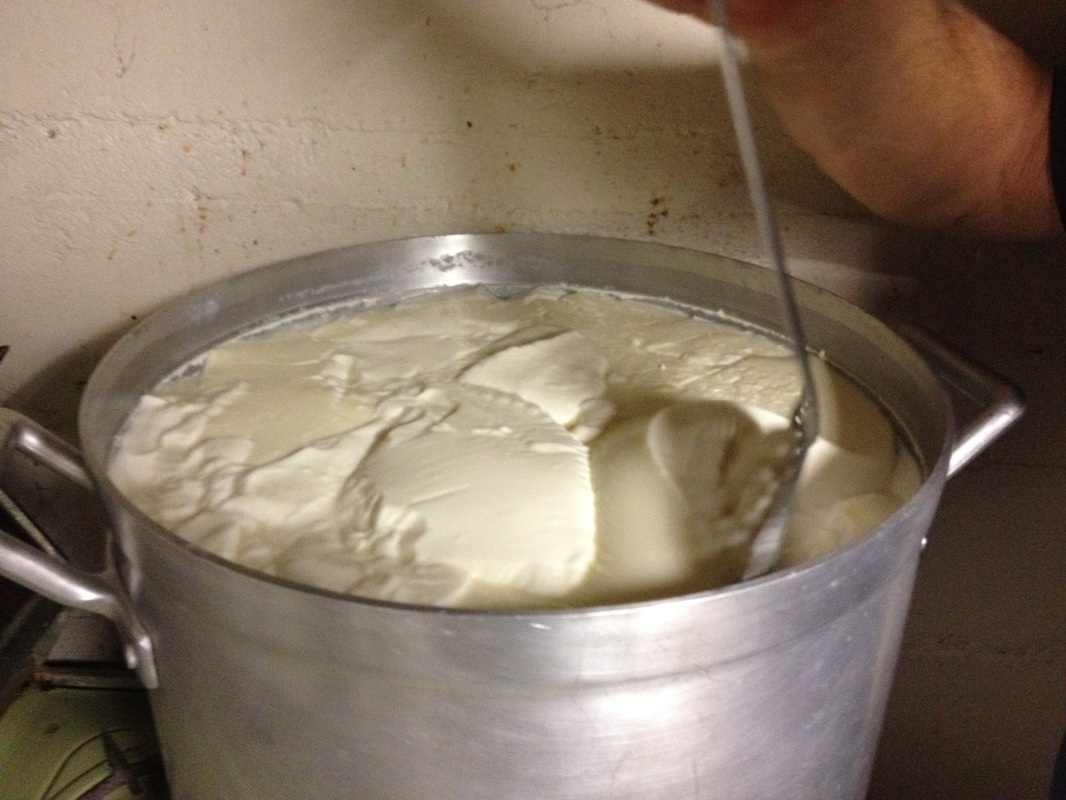
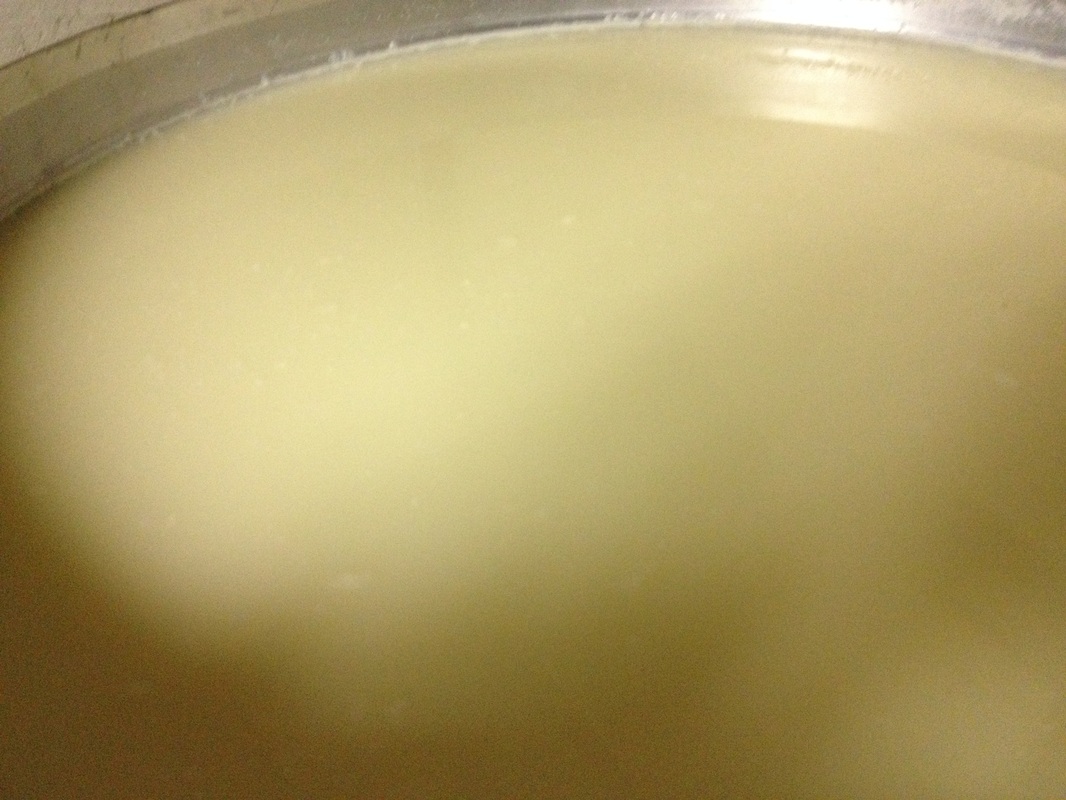
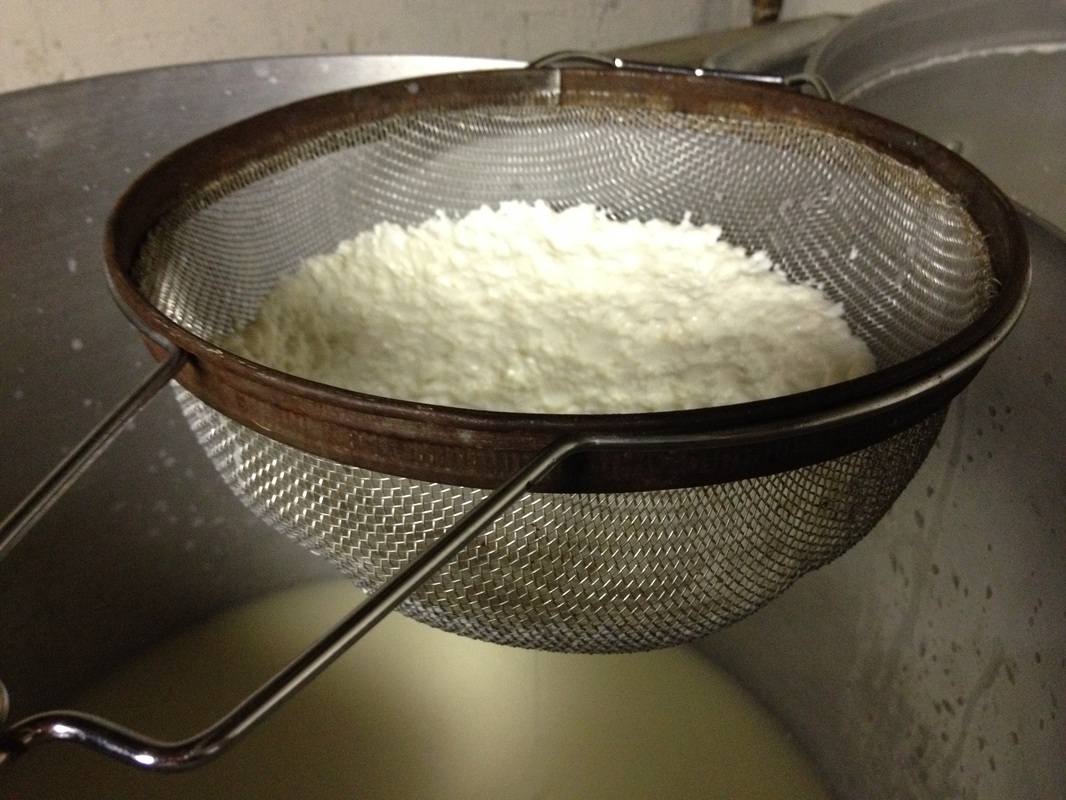
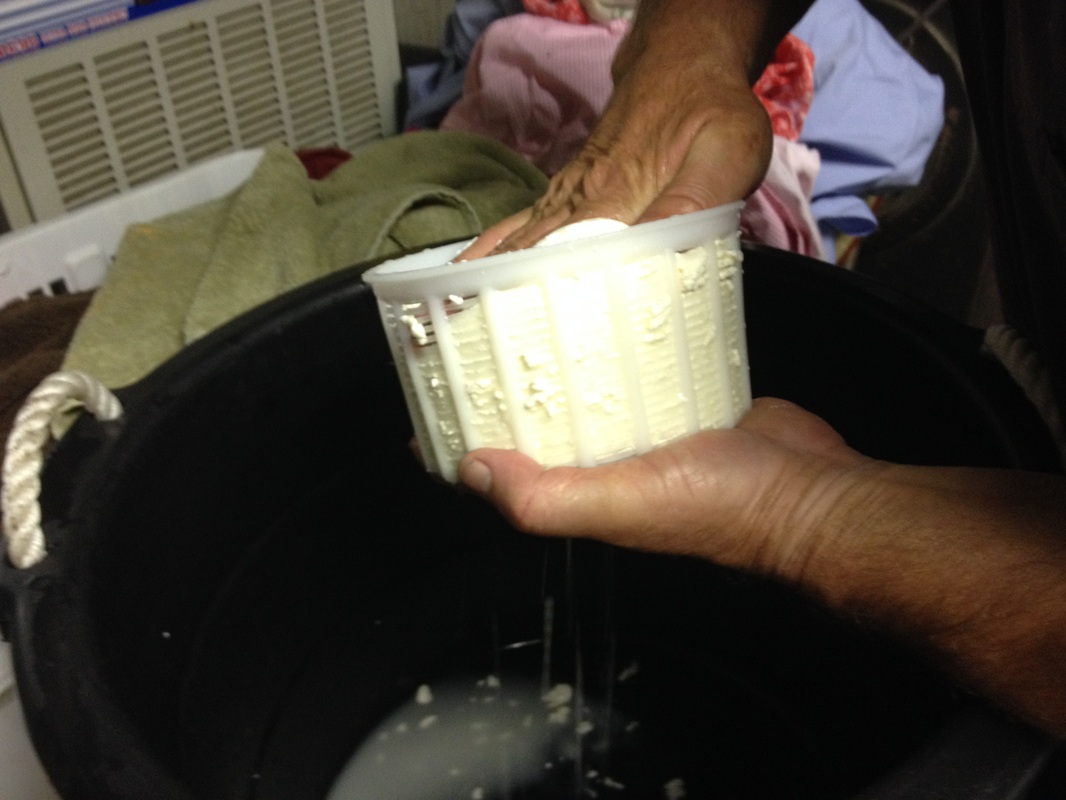
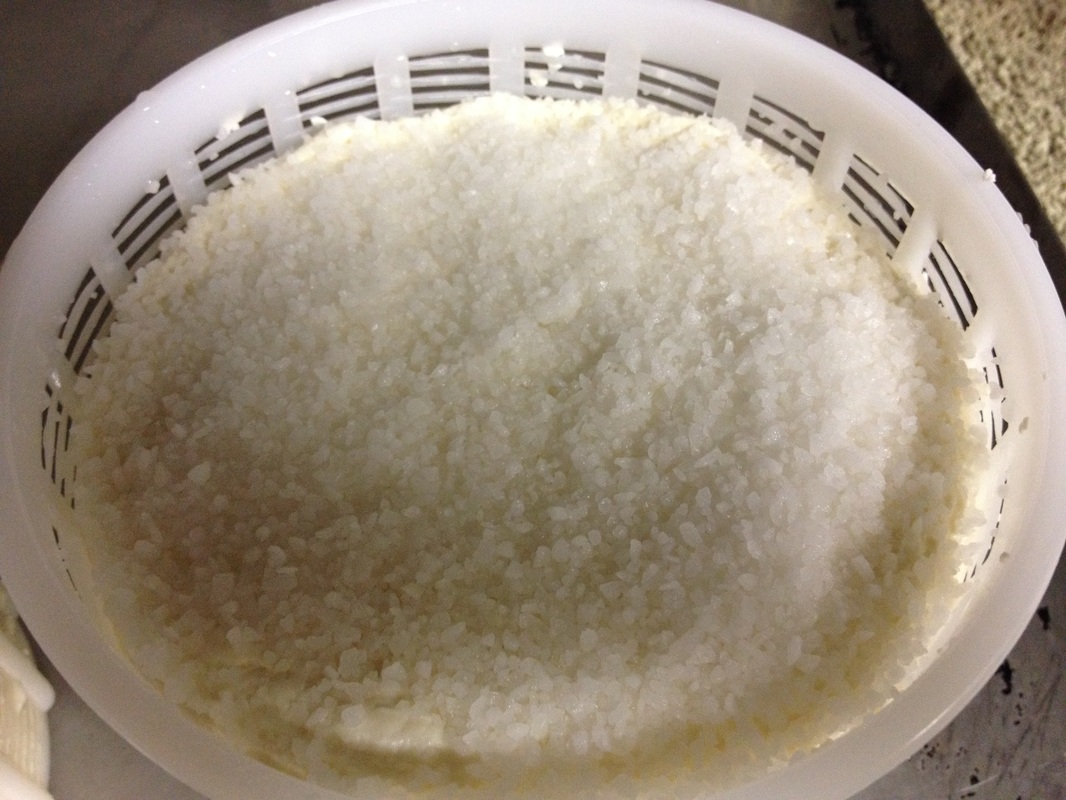


 RSS Feed
RSS Feed
